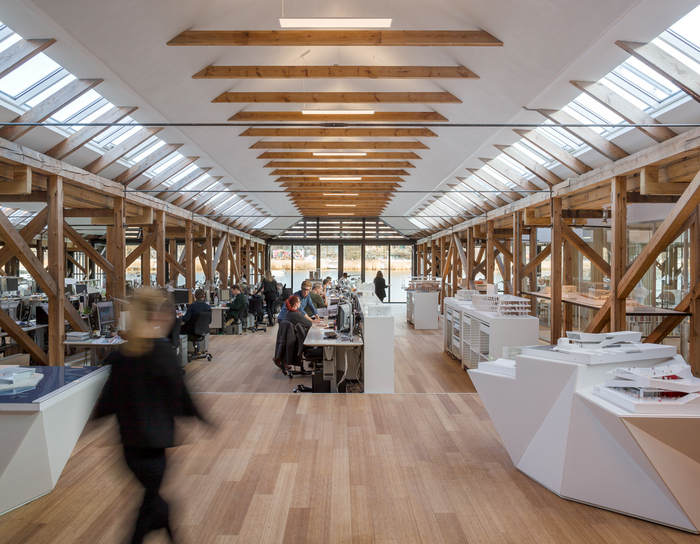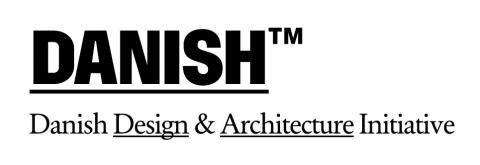
The principles of creating a circular economy in the building industry are here to stay. Kasper Guldager Jensen is the head of GXN, the in-house green think tank of Danish architectural firm 3XN that constantly seeks to find new ways of designing and, ultimately, building greener.
When most products and buildings come to life, they have a certain lifespan before they end up in a landfill or dumpsite. In effect, a linear life pattern, where there’s one starting point and one end station. However, in a circular economy, you seek to bend that line into a circular ecosystem, so that the different elements from worn-out products or decommissioned buildings can breathe life into new products or buildings.
“Today, a building truly becomes a material graveyard by the end of its life. We simply do not consider how to take a building’s superstructure apart, and we do not know yet how to put value to all the resources that get lost when doing so. But what if, when deconstructing a building, we could learn from all the precision the industry put into constructing it?” head of [Danish architectural practice] 3XN’s green think tank, Kasper Guldager Jensen, asks rhetorically.
[Topmost image: 3XN moved into a new Copenhagen office inside a historic boat house that dates back to the mid-1800s, and was originally a space used to repair and store military vessels. Image by Adam Mørk via
Office Snapshots.]

of the green think tank GXN at Danish
architectural firm 3XN.
The circular mindset is about creating value regarding a sustainable aspect or an economic aspect, as well as a social aspect. Guldager Jensen and his team focus on flexible buildings that are easier to maintain and keep going.
According to him, we should be more productive from day one; for instance, by utilising the principles of the circular economy in the building industry. Circular building must create value and be attentive, productive, and provide an almost instant payoff. If you deal with it from a technical point of view, focusing on the positive long-term effects of building, then no one will seize the agenda, Guldager believes.
“Everyone will recognise circular building principles when it’s the best solution on all levels,” he states.
[GXN was established in 2007 as an internal division of 3XN, and since day one has been working with applied architectural research in green materials and building technologies.] At GXN, they use three different components in the circular building process:
- Design for disassembly: how to design a building so that the single elements can be disassembled without damaging them.
- Material passport: a precise description of the materials comprising a specific building element.
- Circular economy description: a thorough description of how the building element can be recycled in a circular context.

industry, is one of the cornerstones of circular economy.
Guldager explains: “‘Design for disassembly’ is a cornerstone of the circular economy because it allows the different components to fit into a closed material cycle, where they can be reused, reassembled, and recycled to new products of similar or higher quality. The material passport is a convenient way of keeping track of the materials used, while the description of the circular economy is a way of litmus testing a concept.”
He continues: “The hardest part of introducing the circular mindset in the building industry is to change different stakeholders’ habits of the ways things usually run. ‘We usually do it like this’ needs to be removed from their glossary.”
At 3XN, they are about to link the values that are created through circular building, so the picture of the upsides stands out clearer. Previously, building sustainably (which is part of building circularly) related to waiving certain goods, but where you almost sacrificed comfort, quality; i.e., to become sustainable. Today, the sustainable part, together with the rest of the circular mindset, creates solutions that are the most sought-after solutions on multiple levels.

and recycles 2/3 of the existing building on the site.
“We are in the middle of creating a high-rise in Sydney [Quay Quarter Tower], where we are upcycling the existing high-rise by reusing 98% of the original bearing construction.
"At the same time, we are adding and enhancing the architecture in a way that is more up-to-date.
"It's value creation through flexible design solutions that, for example, let the different flooring compositions be altered to make room for different types of company needs.
"The building adapts to its residents, you can say. That’s circular building at its best,” Guldager ends. ![]()
This article was reposted in its entirety from DANISH™. To view the original article, click here.
Read more about 3XN’s work on circular economy in the building industry by visiting www.buildingacircularfuture.com.

